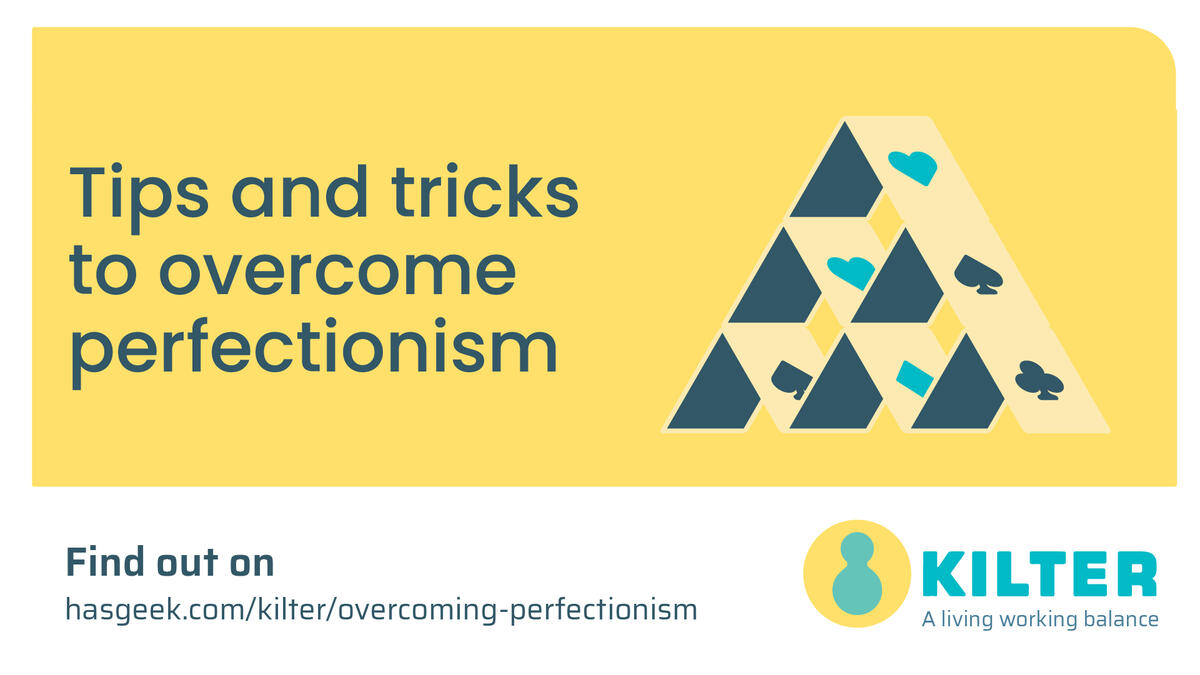
Adjusting unhelpful rules and assumptions associated with perfectionism
Submitted Apr 28, 2021
Below are some tips to adjust the unhelpful assumptions you have developed that reinforce perfectionist behaviours.
- Identify the unhelpful rule or assumption. You can use the ABC model or write a thought diary to identify the thoughts you have internalized around being perfect.
- How did this rule develop. It is not necessary to dig into the past. You can try to identify the source of the unhelpful rule. If you can’t, move on.
- Is it realistic or reasonable to have such an assumption? Question yourself.
- Recognize the negative consequences associated with this rule.
- Identify a more helpful rule or assumption, an alternate new rule.
- Plan how you will put the new rule into practice.
Here is an example of how to identify unhelpful rules and how to change them.
Fear of failure - what is the precise rule in your head? Identify the source, for example, you learn about success from peers, family, etc.
Adjusting the unhelpful rule - this rule is unreasonable and unrealistic fit because it is impossible to be absolutely perfect. You are going to be good at something and not-so-good at other things. You are a complex amalgamation of good skills. Bad is neutral space. Making some mistakes is normal.
Remind yourself of the negative consequences of this rule, such as lack of time to relax, working too hard.
An alternate rule for the fear of failure can be, “it is ok to do some things well, but not necessarily perfect.” Or, “not being perfect doesn’t mean failure.”
How to practice this new rule?
- Remind yourself that it is not possible to be perfect.
- Ask for criticism or feedback.
- Practice some mindfulness so that you can overcome the discomfort.
- Deliberately make small mistakes and see what happens.
- Set up a small behavioural experiment if you have a fear of giving into perfectionism demands.
Watch the video to learn how to identify and overcome other unhelpful rules associated with perfectionism such as checking yourself constantly and being in control.
If you have questions about perfectionism, post them in comments on https://hasgeek.com/kilter/overcoming-perfectionism/comments
Tarique Sani’s slides on perfectionism are available on https://docs.google.com/presentation/d/1yjjdkn0nSqDGG-thm-j_FC7Ev6njWfhMSiq9IU1HJiU/edit?usp=sharing


{{ gettext('Login to leave a comment') }}
{{ gettext('Post a comment…') }}{{ errorMsg }}
{{ gettext('No comments posted yet') }}